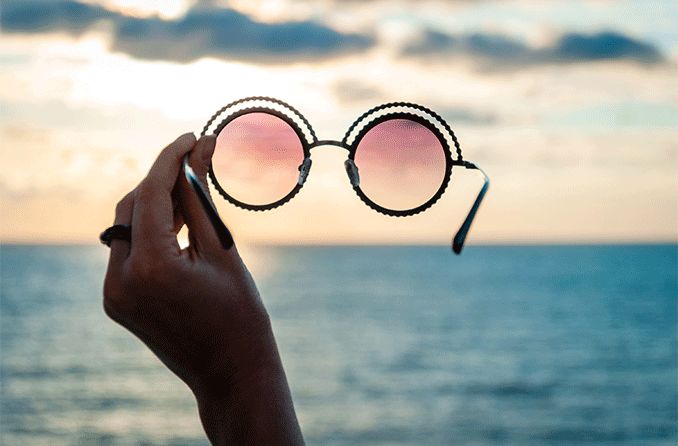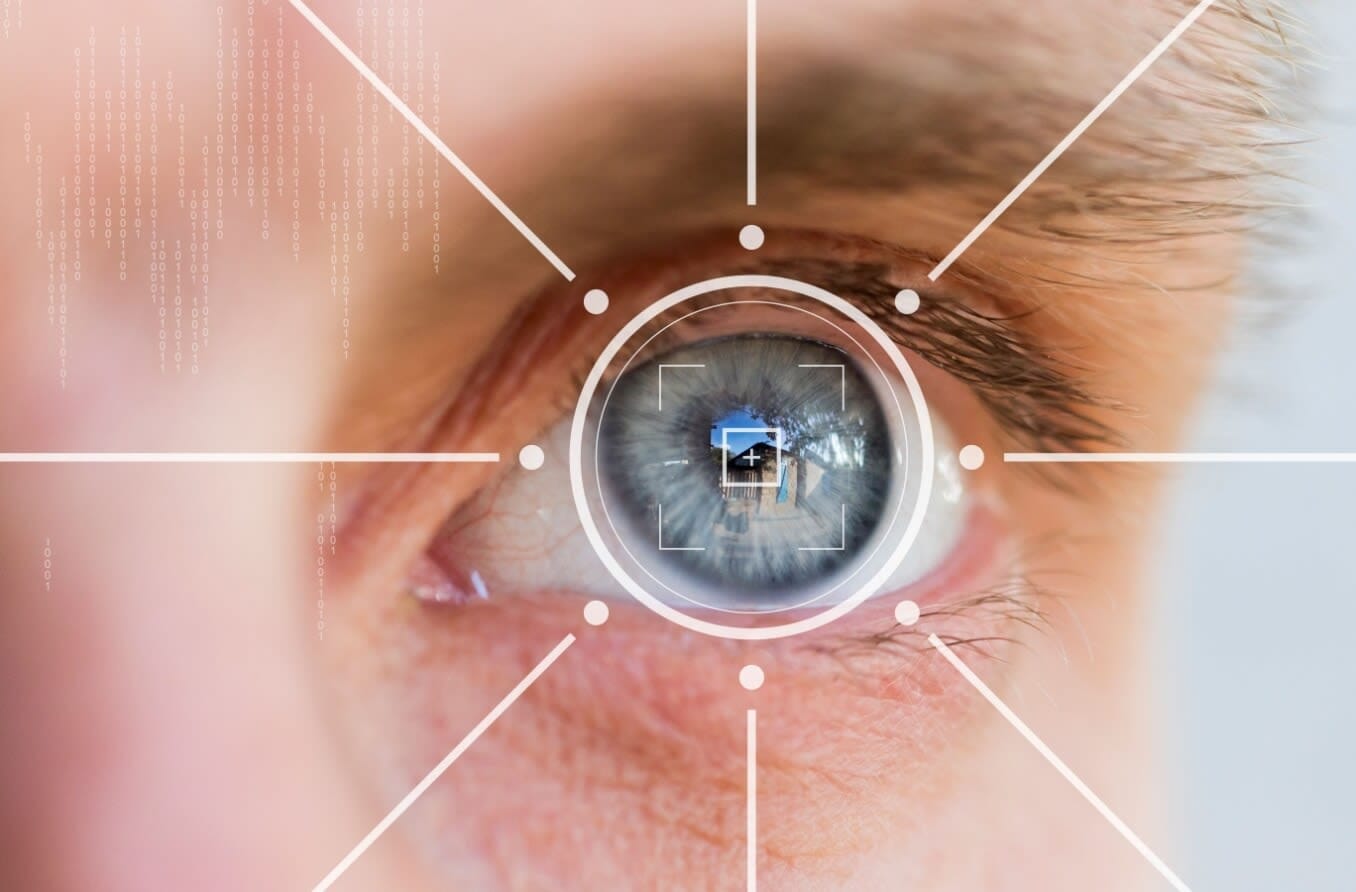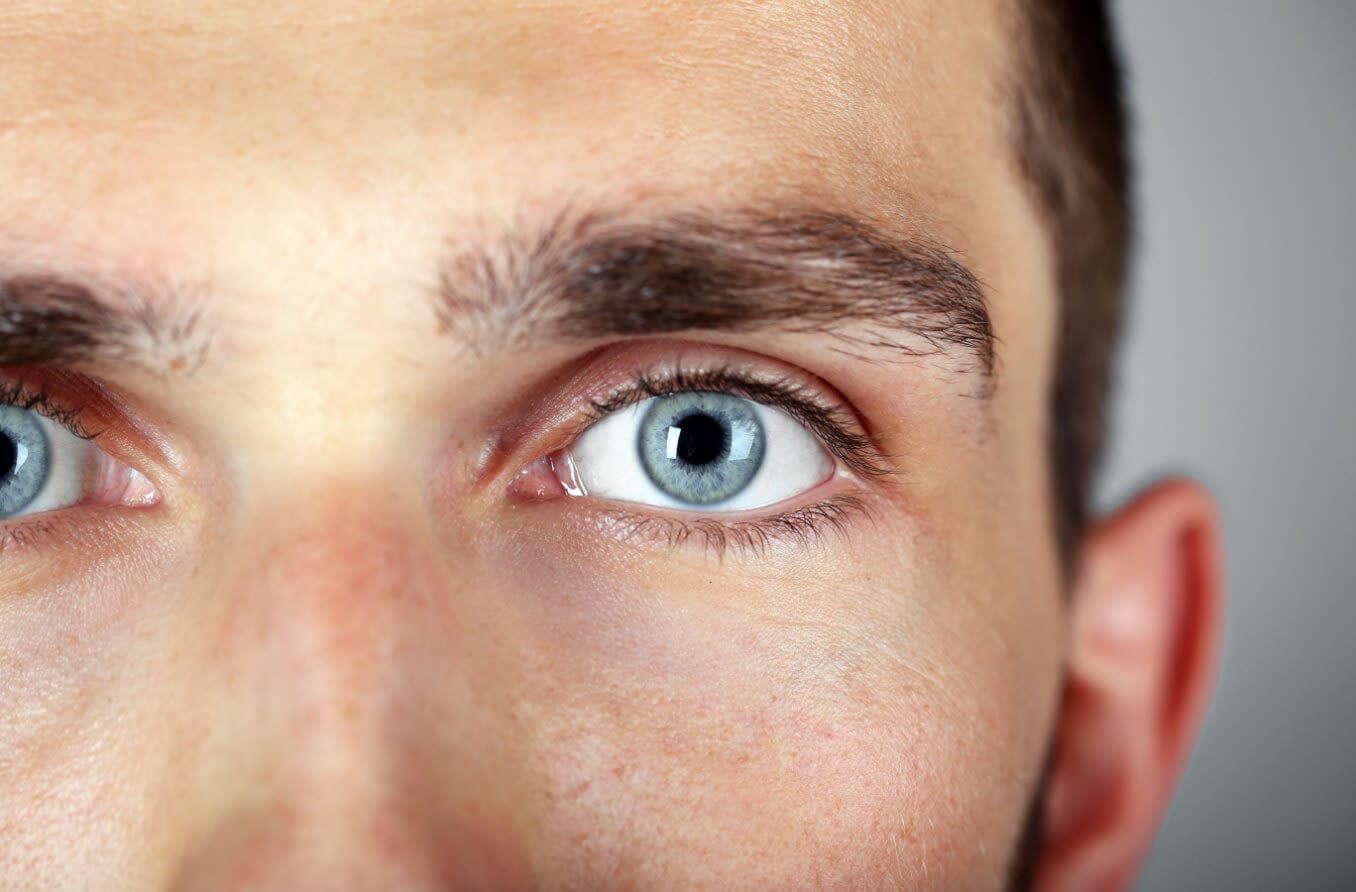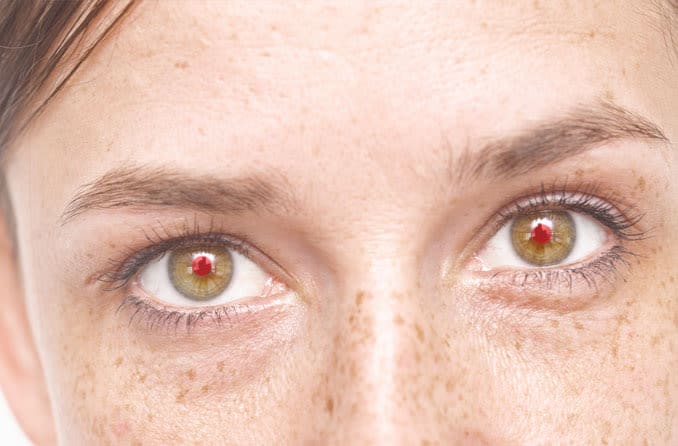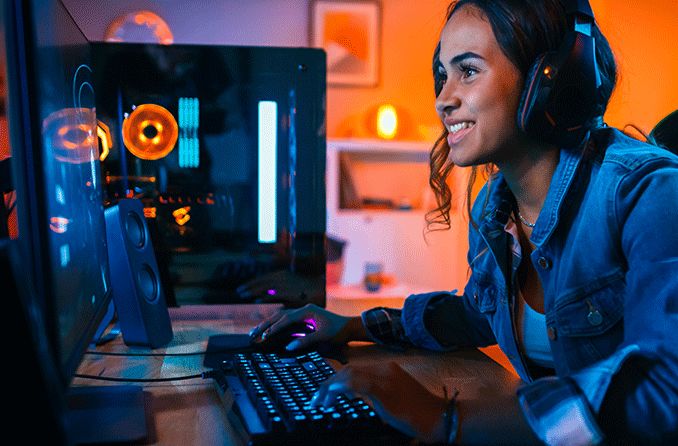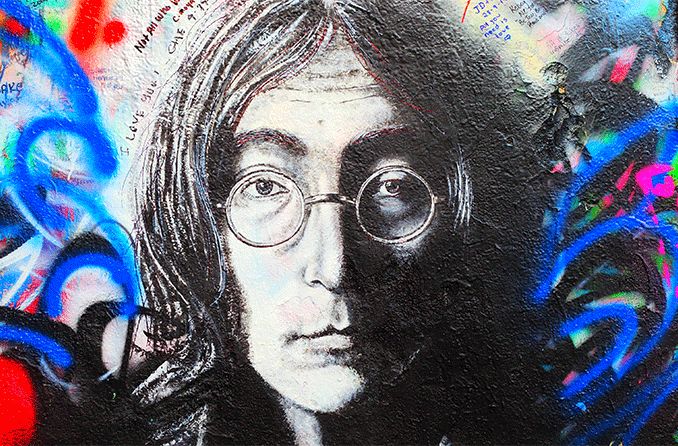What are the Paralympics?
The first ever Paralympic Games were held in Rome, Italy, in 1960. The competition featured 400 athletes from 23 countries. This happened 12 years after neurologist Dr. Ludwig Guttmann organized the first unofficial games.
Dr. Guttmann had a spinal injuries center in Great Britain, where he used sports to rehabilitate injured patients. Over time, the sports used to heal became recreational, then moved into the realm of competition.
During the Opening Ceremony of the 1948 London Olympic Games, Dr. Guttman set up an archery competition. Competitors were made up of patients who required wheelchairs. He called it the Stoke Mandeville Games, which soon became an international competition.
The International Stoke Mandeville Games became what we know today as the Paralympic Games.
The International Paralympic Committee (IPC) was founded in September 1989. Its purpose was to act as the non-profit governing body of the Paralympic Games. There is only one International Paralympic Committee. However, each participating country also has their own National Paralympic Committee (NPC).
The word “Paralympic” combines the Greek preposition “para,” which translates to beside or alongside, and the word “Olympic.” The word communicates that Paralympics and Olympics are parallel competitions that exist side-by-side.
SEE RELATED: Sports vision tests and training
The classification process for Paralympic athletes
One process that sets the Paralympics apart from the Olympics is classification. Classification involves grouping athletes with similar degrees of limitation together. These groups then compete against each other in the games.
Each sport is classified depending on the activities required to compete in it. This allows the athletes to perform to the best of their ability, with minimal impact from their impairment.
A panel of experts completes the classification using a process called “Athlete Evaluation.” The evaluation includes three steps:
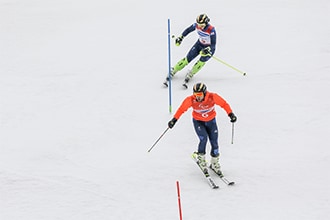
Blind Paralympic medalist, Millie Knight, skis down a slope with her guide. Knight only has 5% of her vision, meaning she skis with her ears. The guide skis in front of Knight and yells back instructions on how to navigate the course.
Eligible Impairment is determined for each athlete
To compete, athletes must have a permanent impairment caused by trauma or an underlying health condition.
There are currently 10 Eligible Impairment types, which include:
Vision impairment – Having reduced or no vision. Visual impairment may be caused by damage to the brain’s visual cortex, the optical nerves or the eye’s structure .
Impaired muscle power – Having an impaired ability to voluntarily contract the muscles in order to move.
Limb deficiency – Having partial or complete absence of bones or joints. May be caused by congenital condition, illness or trauma.
Ataxia – Having uncoordinated movements caused by damage to the central nervous system. May be related to traumatic brain injury , stroke, cerebral palsy or multiple sclerosis.
Athetosis – Having continuous slow, involuntary movements.
Intellectual impairment – Having limited cognitive functioning that affects basic life skills. Impairment must be present before the athlete is 18 years of age.
Impaired passive range of motion – Having limited passive movement in one or more joints. May be related to trauma or an underlying illness.
Short stature – Having reduced bone length in the arms, legs and/or torso. Related to a growth hormone deficiency, achondroplasia (dwarfism) or osteogenesis imperfecta (brittle bone disease).
Leg length difference – Having a difference in leg lengths. Can be caused by trauma or a disturbance in limb growth.
Hypertonia – Having increased muscle tension and limited ability for the muscle to stretch. May be caused by central nervous system damage.
Athlete Minimum Impairment Criteria is evaluated for their sport of choice
As mentioned above, each sport has its own classification requirements. Minimum Impairment Criteria (MIC) describes how bad an impairment must be to qualify in a particular sport.
The MIC ensures an athlete’s Eligible Impairment sufficiently affects their ability to meet the demands of a sport.
For example, if an athlete is missing a hand, their impairment may not meet the MIC for a running event. This is because a missing hand doesn’t impact one’s ability to run as much as someone who is missing one or both legs.
MICs are not designed to minimize the validity of an athlete’s impairment. It is a sports decision.
Athlete’s sports class is assigned
After athletes are deemed eligible to take part in an event, experts determine the athletes’ sport class. Some sports, like Para powerlifting, only have one class, while other events, like Para athletics, have more than 50 sport classes.
The point of sport classification is to make sure the competition is equal. However, this doesn’t mean all athletes in a certain class have the same impairment. Athletes with different impairments, but similar limitations, can compete in the same class.
For example, in Para ice hockey, you may see an athlete with paraplegia competing with an athlete who is an amputee.
It’s possible for an athlete’s class to change after it’s been determined. If an athlete’s impairment worsens or improves, they must be reevaluated and reclassed.
SEE RELATED: How to find a sports vision specialist
How visual impairment is classified in the Paralympics
Classification for visual impairment is coded with the letter B, and rated as B1, B2 and B3.
B1 – Athlete has no light perception in either eye, cannot recognize the shape of a hand at any distance or in any direction.
B2 – Athlete has a visual acuity of 20/600 and/or a visual field of 5 degrees or less in their best eye with the best eye correction.
B3 – Athlete has a visual acuity between 20/600 and 20/200. They may also have a visual field less than 20 degrees, but more than 5 degrees in their best eye with the best vision correction. This is the least severe visual impairment accepted to compete in a Paralympic sport.
These are the standards used for classifying visually impaired athletes. However, it’s possible that they differ slightly depending on the sport.
Is it possible for a blind athlete to compete in the Olympics?
Yes, it is possible for visually impaired, including blind, athletes to compete in the Olympics. It’s also possible for them to compete in both the Olympic and Paralympic games.
The Paralympics have National and International Paralympic Committees (NPC and IPC). Similarly, the Olympics have National and International Olympic Committees (NOC and IOC).
If the NOC in a Paralympic athlete’s home country believes they qualify to compete in the Olympics, the NOC can submit the athlete’s entry to be approved or denied by the IOC. If the IOC approves the athlete, they can be eligible to compete in the Olympic Games as well as the Paralympics.
SEE RELATED: Orthokeratology for Athletes
Blind athletes who have qualified for and competed in the Olympics
The first blind athlete to ever compete in the Olympics was Marla Runyan, who competed in distance running in the 2000 and 2004 Olympic Games. She was diagnosed at age 10 with Stargardt disease — a genetic form of macular degeneration that damages central vision.
Marla earned her spot in the games after placing third in the Women’s 1500 meter qualifier race. She placed eighth at the 2000 Olympic games, and is a five-time Paralympic gold medalist in her sport.
Im Dong-yhun is an Olympic gold medalist in Archery from South Korea. He has 20/200 vision in his left eye and 20/100 vision in his right eye, making him nearly legally blind . Im won Olympic gold in the team archery competition at the 2004 and 2008 Olympic Games. His team also took home the bronze medal in 2012.
Im has never competed in the Paralympics. Though he is legally blind, his visual acuity is not poor enough to meet the classification standard set by the Paralympics.
Assunta Legnante has represented Italy at the Olympic and Paralympic games. She was born with congenital glaucoma in both eyes. The condition has taken all her vision, except minimal light perception in her left eye.
In 2008, Assunta participated at the Olympics games in Beijing. Since then, she’s competed in the 2012, 2016 and 2020 Summer Paralympic games, where she won two gold and two silver medals for shot put and discus.
Takeaway
The Olympics are focused on showcasing and honoring the strength, skill and determination of athletes. While the Paralympics uphold the same standard of excellence, they also give athletes — regardless of impairment — the chance to live their dream.

